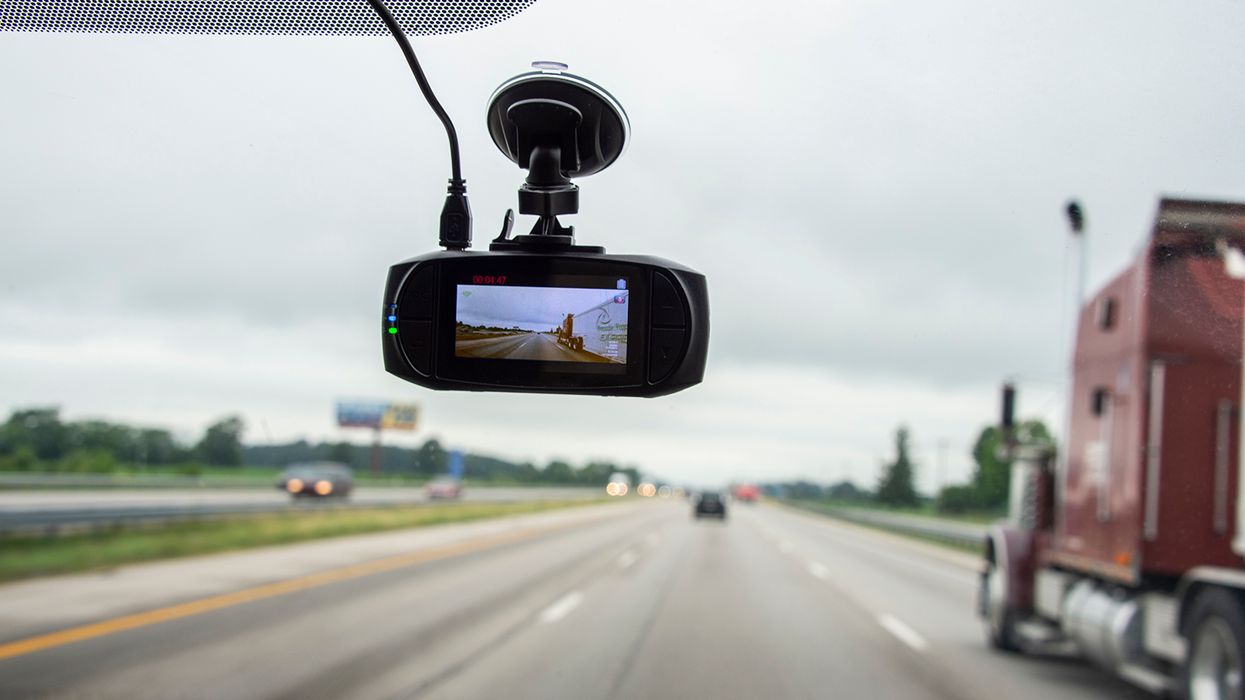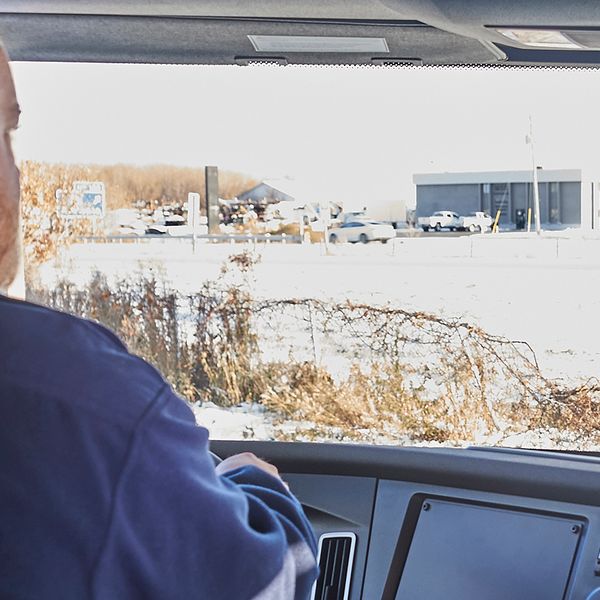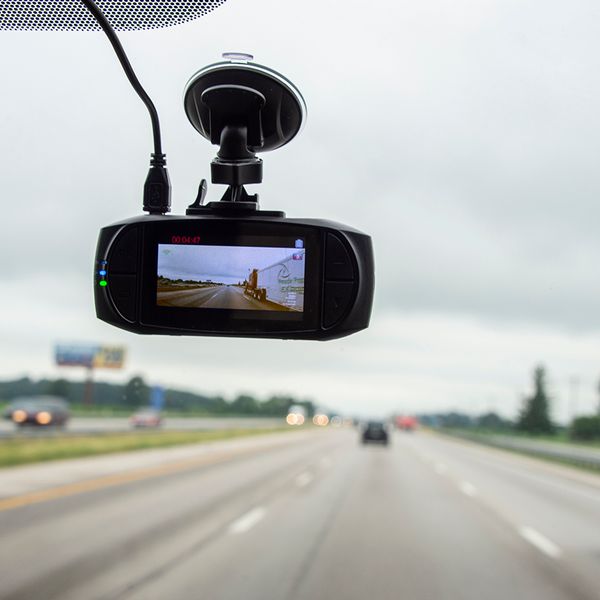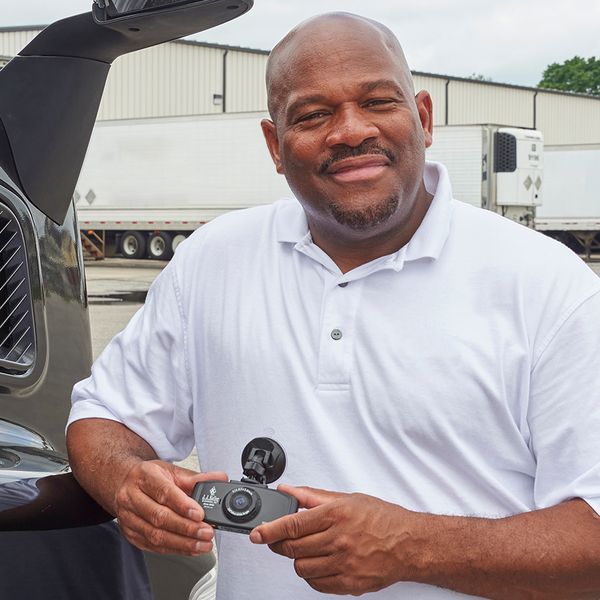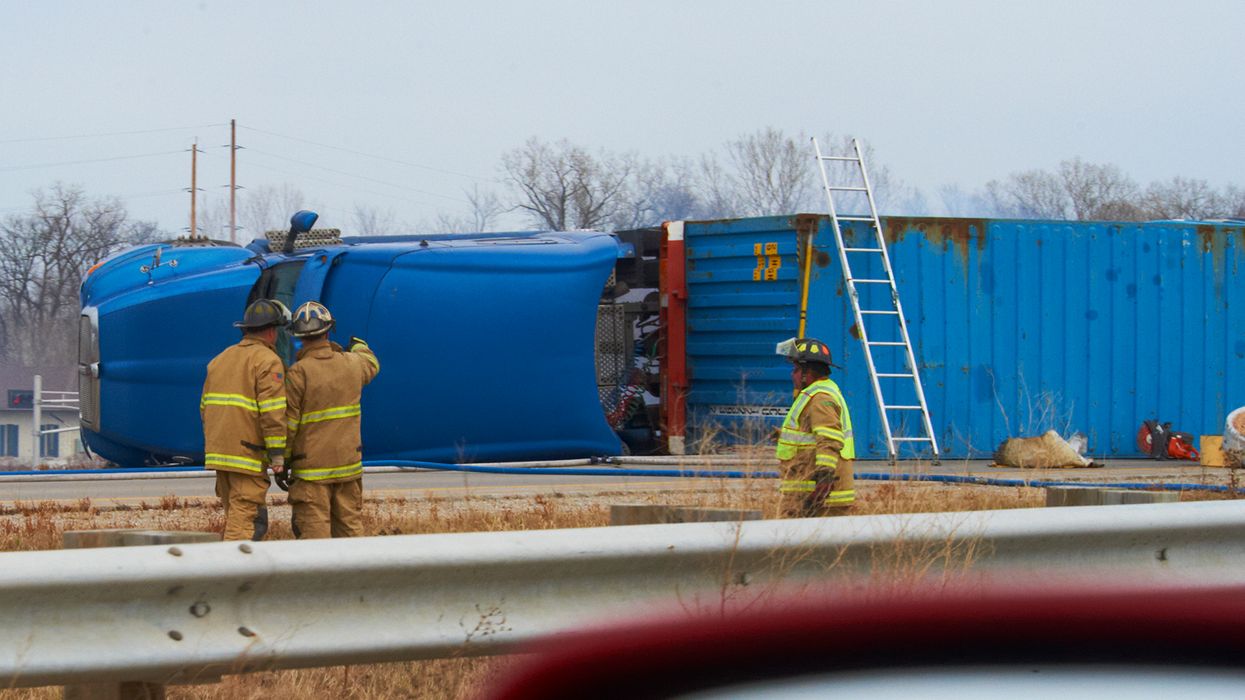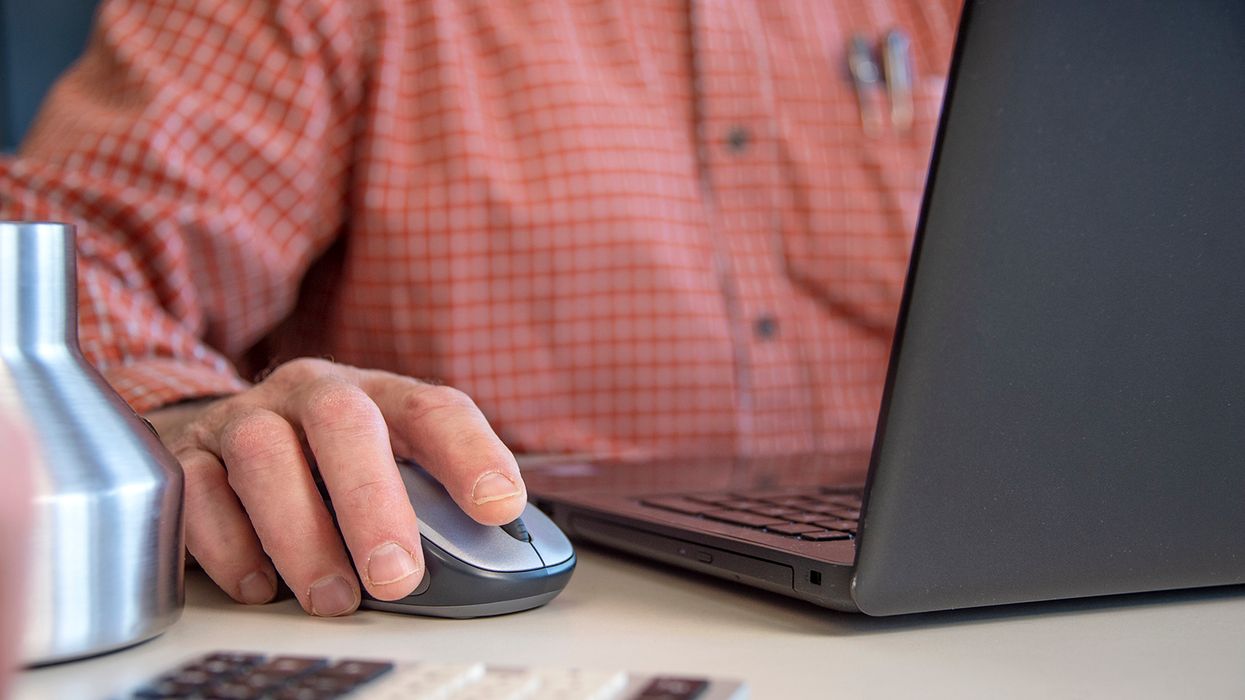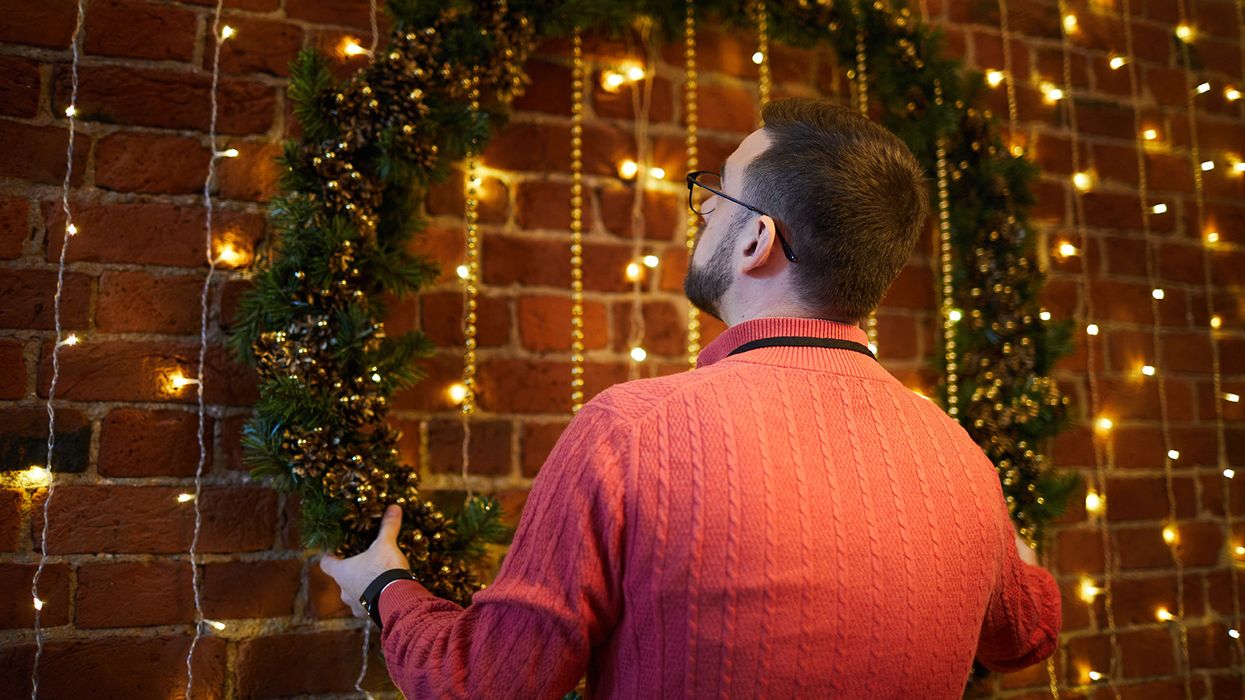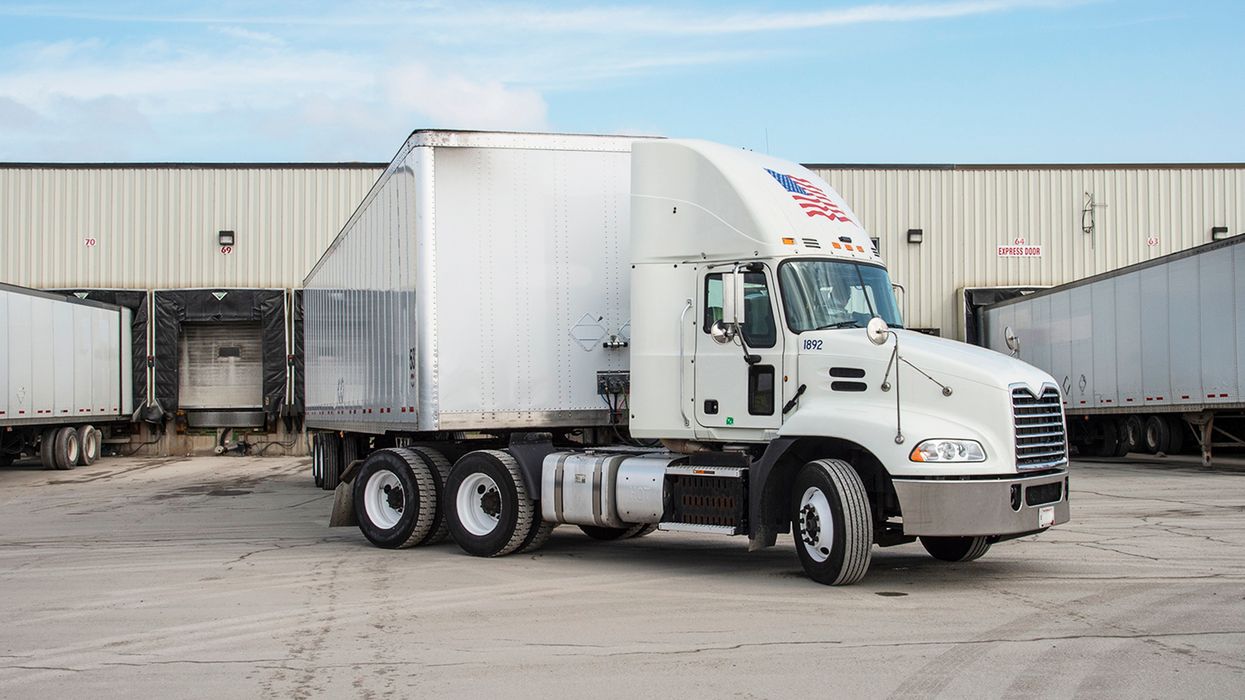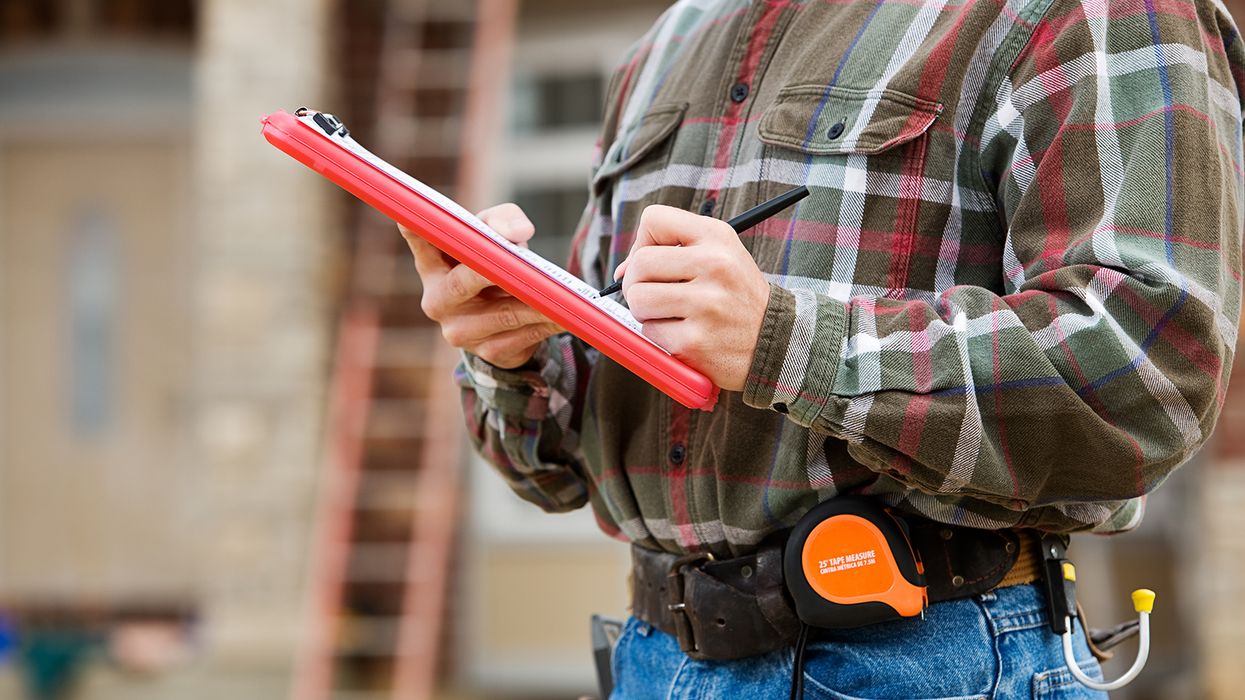Are dash cams legal in Canada?
Dash cameras or “cams” are becoming more and more common in vehicles in Canada. Many fleet managers might want to know how they can add them to their fleets, too. The answer is yes, dash cams are legal in Canada, but you must be aware of a few watch outs.
Where you record makes a difference
Dash cams are legally allowed in Canada as long as one is recording in public places. Law enforcers, in fact, encourage drivers to use dashcams. Some properties such as military facilities, government facilities and technology manufacturers may however discourage dashcams, and it is recommended to avoid filming.
Where do you install a dash cam?
Depending on the dash cam you go with, it may be mounted to the dashboard or the windshield. Either way, you’ll want to make sure that it doesn’t interfere with the driver’s line of sight. It’s also a really good idea to check that the camera is capturing a clear view of the road (since that’s its job).
Keep the camera high and to the center of the windshield below the headliner. Some cameras have increasingly large LCD screens and keeping these far from the line-of-sight to the drivers is important to avoid violations of the distracted driving laws.
Are driver-facing cameras legal?
The short answer is, yes, employers are not violating any specific law when they install dual-facing cameras. Dual-facing cameras are already widely legally deployed throughout the trucking industry and have faced few legal challenges to date, however, it is worth mentioning that you are required to get written consent from the driver and have a policy in place identifying the intent. Most of these systems are only activated by a triggering event like hard braking or speeding and provide employers with a few seconds of video before and after the event.
Heading over the border
While dash cams are legal in Canada, some places discourage dash cams. The border crossing is a good example. You will need permission from U.S. Customs & Border Protection Officers to keep your dash cam on and recording when you are crossing the border on the American side so it might be a better idea to have drivers turn them off as best practice.
Fortunately, things are a bit more relaxed on the Canadian side but do keep in mind that the Canada Border Services Agency ( CBSA) officials have the authority to inspect devices and review files to see if they are deemed harmful or dangerous.
How do I stay out of trouble when using dash cams?
As the popularity around the use of dash cam footage grows with law enforcement and insurers in helping provide irrefutable evidence in the event of an incident, it is highly unlikely that police officers will pull drivers over for using a dash cam unless the dash cam is mounted in an area of the windshield that obstructs your drivers’ view of the road. The best thing to do is to look at the dash cam laws in your province. It also pays to learn the laws of other provinces, especially if you plan on travelling across Canada or across the border. Choosing a discreet dash cam model that you can easily mount behind your vehicles’ rearview mirrors can give you the protection of the dash cam without getting yourself in trouble with the law.
Key to remember: Dash cams are a great way to improve the safety and security of drivers and vehicles on the road, and one cannot deny the power of dash cam footage in the event of an incident.

